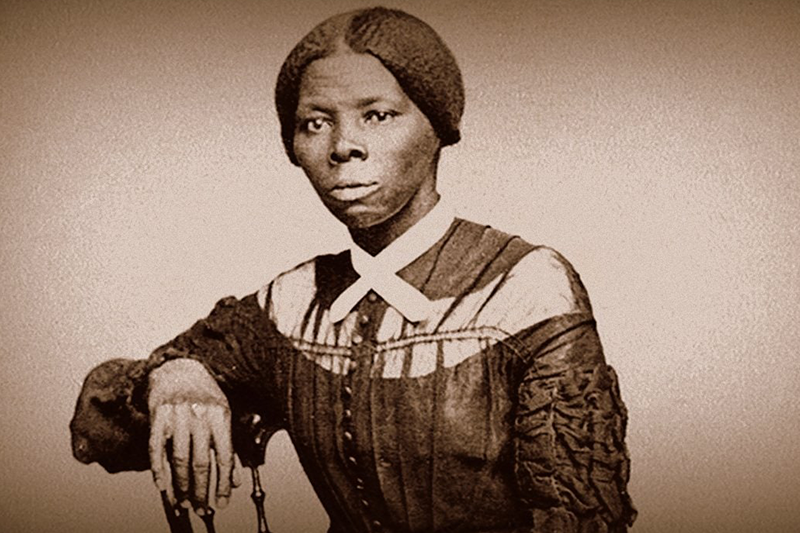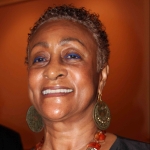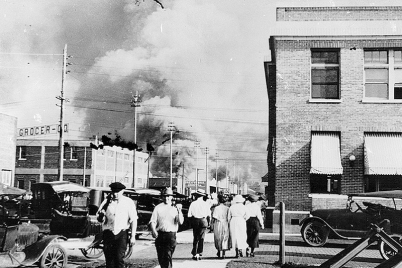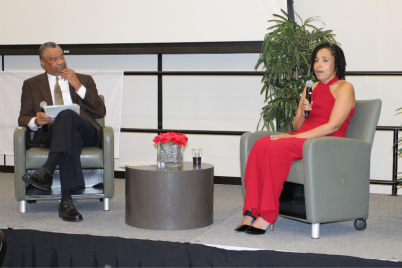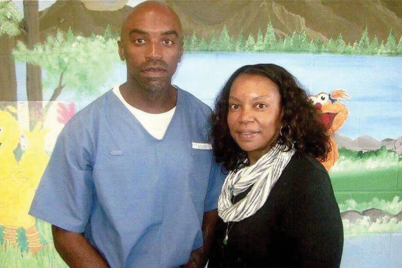By Attorney Jacqueline Hubbard, President, ASALH
No, Harriet Tubman has not yet been placed on the $20 bill as was promised. This petty slight, however, takes nothing away from the great soul warrior and incredibly brave person history has proven her to have been.
Harriet Tubman was one of the most famous conductors of the Underground Railroad. The metaphorical railroad was a method of hidden travel in which people who were extraordinarily brave and knowledgeable about the lay of the land led enslaved black people to freedom.
The person who led the enslaved to freedom in the north, mid-west, and often to Canada was called a conductor. During a 10-year period before the Civil War, Tubman is said to have led at least 300 people to freedom.
The Underground Railroad was primarily supported by black and white abolitionists such as Frederick Douglass, William Still, and countless others.
Born Araminta Ross in 1820 in Dorchester County, Md., she changed her first name in 1849 after escaping to freedom to Harriet after her mother. She married a free black man in 1844 named Tubman and took his last name.
Known as the “Moses of her people,” Tubman fought her entire life against the abominable institution of slavery. She spent most of her life as an Underground Railroad conductor, escaping with people longing for freedom and returning to rescue more nearly 70 times.
She lived, mostly in poverty, as an avid anti-slavery crusader until her death in Auburn, N.Y., on March 10, 1913.
By age five, Tubman’s slave owners leased her services to neighbors as a domestic servant. She was often physically abused and mistreated. She gave early signs of her resistance to slavery when at age 12 while trying to shield another enslaved person from abuse, she was hit in the head with a two-pound weight.
This incident caused her physical suffering for the rest of her life. She had a lifetime of dreadful headaches, narcolepsy, fainting spells, and visions as a result. However, she never lost a single person she set out to rescue.
Tubman believed the injury she received was a gift from God that led her to have intuitions and perceptions of safety she would not have had otherwise. She was a profoundly religious person, sure and unbending in her faith and very spiritual.
After the Civil War began, Tubman worked tirelessly for the Union Army. She served as a scout, spy, a fearless guerrilla warrior, and a nurse for the Union Army.
She is considered the first African-American woman to serve in the military. Historians state she had confidence that God would aid her efforts. It is said she threatened to shoot any of those she was leading to freedom who thought to turn back, so as not to hinder the escape of all.
Abolitionist and Underground Railroad safe house owner William Still published “The Underground Railroad” in 1871. His book included a moving description of Tubman and her work.
Still wrote about Wilmington, Del., and Philadelphia as being significant stops on the Underground Railroad route followed by Tubman. She made the dangerous trip to freedom from slave country 19 times by 1860. She even rescued her elderly parents during this period.
Douglass was quoted saying, “Excepting John Brown…of sacred memory…I know of no one who has willingly encountered more perils and hardships to serve our enslaved people…” John Brown, who often consulted with Harriet Tubman before the Harper’s Ferry revolt, called her “General Tubman.” He called her “one of the bravest people on this continent.”
Harriet Tubman was a true heroine, a brave and useful soul who is fortunately remembered for her solitary spiritual beliefs and fearless courage. She was also active in the suffrage movement because as an outstanding black woman, she fought for justice for all wounded by America’s history of injustice.
Attorney Jacqueline Hubbard graduated from the Boston University Law School. She is currently the president of the St. Petersburg Branch of the Association for the Study of African American Life and History, Inc.

